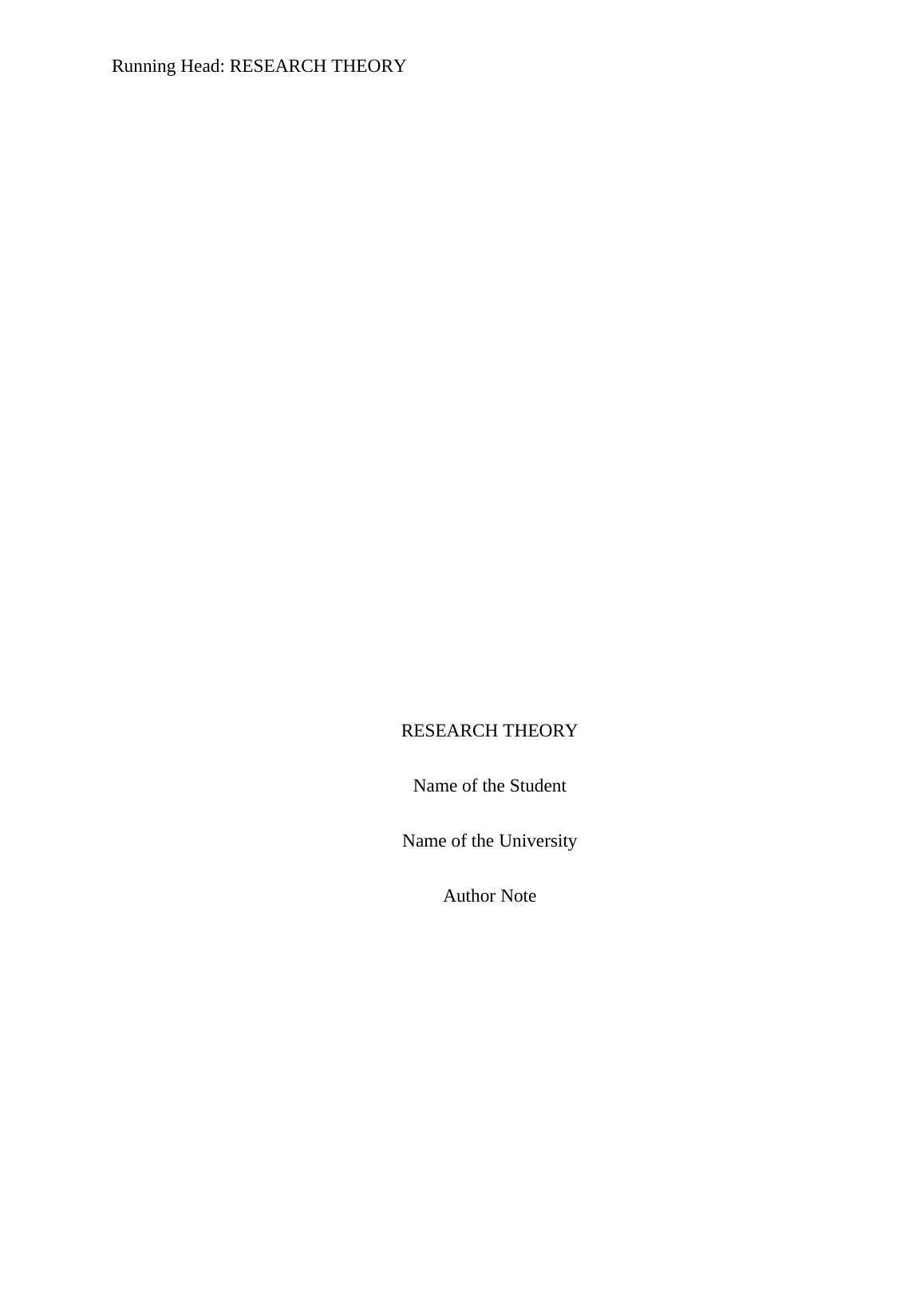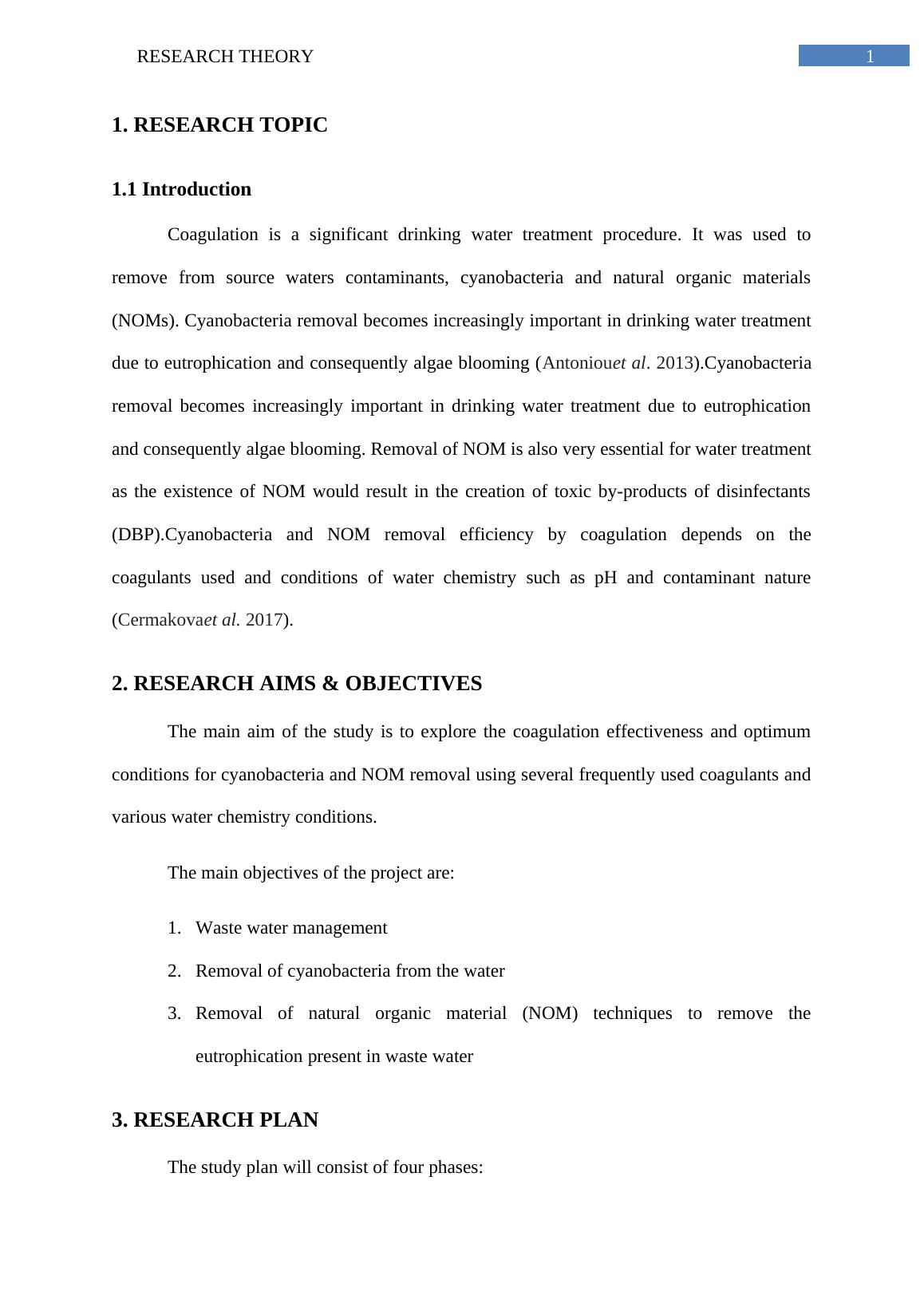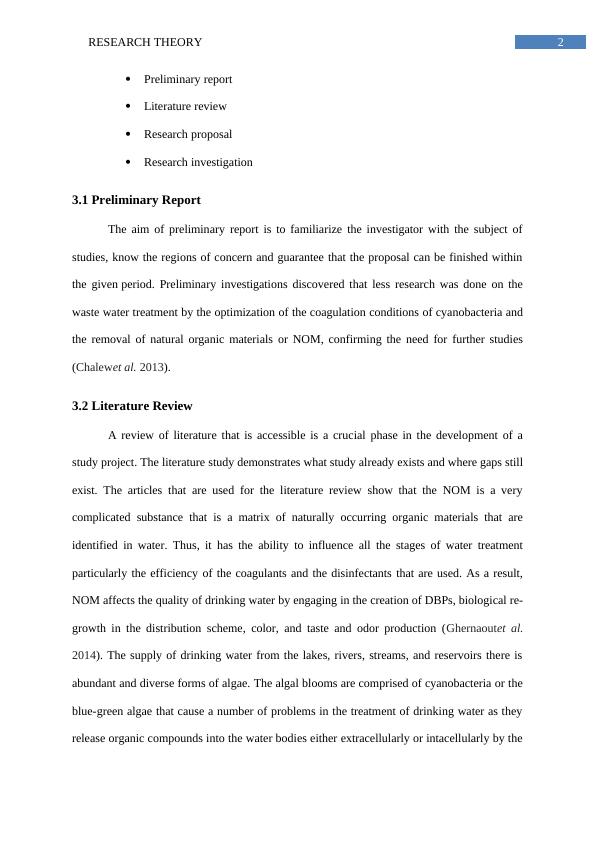Coagulation | Research Theory
Added on 2022-09-18
8 Pages1548 Words45 Views
End of preview
Want to access all the pages? Upload your documents or become a member.
Importance of Coagulation and Removal of Cyanobacteria in Wastewater Treatment
|10
|3100
|82
Research Design and Data Collection Method - Healthcare
|15
|3173
|14
Analysis of Methodology for Wastewater Treatment by Coagulation Method for Removing Cyanobacteria
|10
|3351
|489
Classical water treatment technology Process 2022
|14
|12244
|23
Water Quality Management and Control of Water Pollution in the UK
|75
|21422
|316



